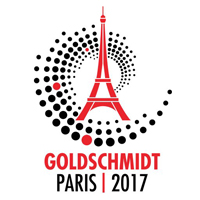A Training Course on Marine Radioactivity in association with Goldschmidt, August 13, 2017. The event, organized by SCOR 146 WG, will include: An introduction to Radionuclides, Natural, Anthropogenic, and Cosmogenic Radioisotopes and their General Applications in the Marine environment, and Radioecology. Specific lectures will delve more deeply into specific applications and include topics such as applications of radionuclides to sediment age dating, submarine groundwater discharge, and biological mediated carbon export.
Lecturers:
- Dr. Ken Buesseler, Center for Marine and Environmental Radioactivity, Woods Hole Oceanographic Institution, USA
- Dr. Minhan Dai, State Key Laboratory of Marine Environmental Science, Xiamen University, China
- Dr. Claudia Benitez‐Nelson, University of South Carolina, USA
- Dr. Sabine Charmasson, ISRN, Laboratory for Research on Transfers in the Environment, France
- Dr. Pere Masque, Edith Cowan University (Australia) and Universitat Autònoma de Barcelona (Catalonia, Spain)
- Dr. Willard S. Moore, University of South Carolina, USA
- Dr. John Smith, Bedford Institute of Oceanography, Dartmouth, NS, Canada
Detailed agenda and more information
The course is open to 25 students and early career scientists interested in radiochemisty‐related fields.
Please use the Goldschmidt registration form to register for this workshop and for the Goldschmidt meeting. The workshop registration fee (40 Euros) will be supported in large part by the Center for Marine and Environmental Radioactivity at WHOI.




